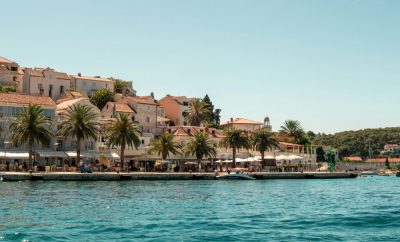You've never been to Vir.
Island of Vir is located on the very tip of the northwestern part of Zadar County, only 25 kilometers from the regional center of Zadar, an ancient Dalmatian city and its historical metropolis in long and different eras. Vir is facing the island of Pag, the mythical mountain Velebit and the historic town of Nin on its northern and partly eastern sides, while on its western and southern sides it is immersed in the Vir Sea and connected to the mainland of neighboring Privlaka by a bridge.
Although Vir was a peninsula in the past, its protruding and protected position in the sea, its forest cover and underground sources of drinking water have made it an attractive place to live or ideal for hunting since prehistoric times. In the Iron Age, Vir was inhabited by the Liburnians. This is a Venetian-Illyrian tribe that began to form as a separate ethnic group on the eastern coast of the Adriatic in the 10th and 9th centuries BC. Several archaeological sites testify to the presence of the Liburnians on the island: a hillfort on the Bandira hill, a hillfort on the northern part of the island in Gaj, and other burial mounds.

History
The Roman Empire is evidenced by the numerous amphorae found in the Vir Sea, including the largest ever found on the eastern coast of the Adriatic. During the Roman Empire, Vir, as a peninsula, was connected to the neighboring mainland by a road. Via Communis, which ran from Vir via Privlaka to the administrative and cultural center of the region, the historic town of Nin. The remains of the road from that time are visible at Cape Kulina on the Privlaka side, and in the Gaza area a small complex of Roman architecture was found, consisting of a small harbor and pier, and the remains of a former saltworks.





